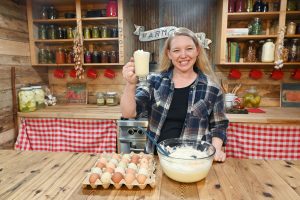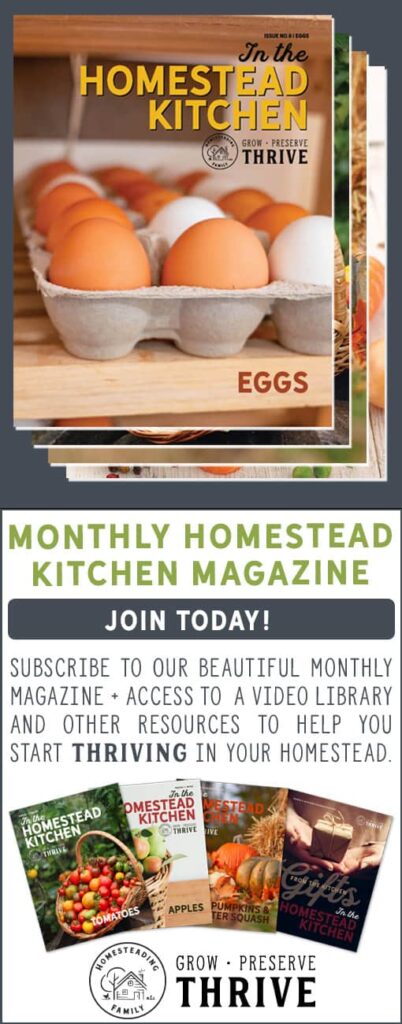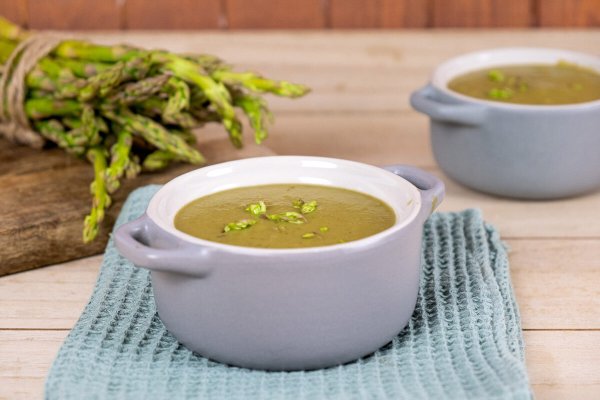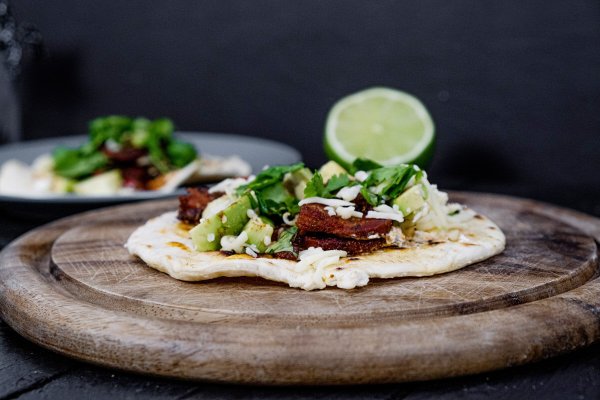
This old historical mustard plaster recipe was commonly used to treat chest congestion from the common cold, bronchitis, or pneumonia. The medical community considered it frontline medicine, and it was used well into the 1900s.

Even though we now have modern medicine, this hot compress method is still effective in treating cold and flu symptoms.
Why I Love These Old Remedies
It is wonderful to utilize those medicinal herbs grown in the cottage garden to promote healing from injuries, such as a comfrey compress for broken bones, homemade antibiotic ointment for wounds, or arnica salve for aches and pain.
We use preventative measures such as supplementing elderberry syrup and drinking bone broth to boost the immune system naturally. However, there will still be times that we will need a home remedy for a cough, a treatment for congestion settling in, or to use elderberries to shorten the cold or flu.
I’ve shared this garlic salve, a great cough remedy for the whole family, but sometimes having multiple ways to treat a cold or flu is helpful.
Mustard plaster for congestion is very effective and so easy to make. It takes only a few minutes to put together and is made with ingredients you can buy at your local grocery store. I love that you can use it for your children and grandparents alike.
Homestead Hack: Moms, don’t forget to treat yourself right along with your kids if you aren’t feeling well! The earlier you start this treatment, the better results you will have.
It’s important to note that I am not a certified medical practitioner. This post is not intended to diagnose or treat but is for informational purposes only. Please contact your medical care professional before introducing new herbal remedies into your wellness routine.

What Does a Mustard Plaster Treat?
Mustard plasters are great for many home remedies, including a cough or cold, the flu, and even muscle aches.
- Colds – The congestion that often settles in the chest when you have a cold can be treated with a mustard plaster.
- Flu – Dependant on the flu virus you have, the symptoms can be eased by applying a mustard plaster.
- Muscle Aches – Placing a mustard plaster on muscle aches can improve blood circulation in that area and ease the pain.
What Does a Mustard Plaster Do?
A compound (sinigrin) in mustard seed powder gives mustard its spicy flavor. When this sinigrin is mixed with water, it creates heat that will open the bronchial passages.
Making a mustard plaster to place on the chest will draw heat to the area and break up mucus and phlegm in the lungs. Once this is loosened, it’s easier to cough and expel it from the body, speeding up the healing process.
Is Mustard Plaster Supposed to Burn?
A mustard plaster will bring blood to the surface and produce a warming sensation. Be sure to check beneath the cloth every two minutes to make sure the skin isn’t beginning to blister. Children, older adults, and people with sensitive skin need to exercise caution, and if the plaster feels uncomfortable, immediately remove and wash the area clean with soap and water.
Homestead Hack: To add a layer of protection between the mustard plaster and the skin, liberally spread a lotion or oil (olive oil or similar) on the skin before placing the plaster on the body.
Please take caution when using mustard plaster and remember these tips:
- Generally safe to use for kids aged six and up.
- Do a patch test on a small area first to check for possible sensitivity or contact allergy.
- If stinging occurs, immediately wash the plaster off with warm water (not hot or cold, but warm) and soap.
- Be sure to check underneath the plaster every two minutes to check the level of redness and remove it if there is potential blistering.
- To add a layer of protection between the mustard plaster and the skin, liberally spread a lotion or oil (olive oil or similar) on the skin before placing the plaster on the body.
- Moms, don’t forget to treat yourself right along with your kids if you aren’t feeling well! The earlier you start this treatment, the better results you will have.

Supplies Needed
- Mixing Bowl – A small two-cup mixing bowl is sufficient in size to mix this plaster.
- Measuring Cups – You will need one for the dry ingredients and one for the water.
- Mixing Spoon or Fork – A fork works well to blend the dry ingredients.
- Kitchen Towel – Use a towel or cloth with natural fibers. 100% cotton is the best choice. There may also be some staining on the towel from the mustard, so make sure to use an older towel.
- Heat Source – You will need a heat source such as a rice pad or heating pad to place on top of the mustard plaster to heat it up.
- Olive Oil – I like to buy olive oil by the gallon from Azure. Alternatively, a lotion will work as a protective barrier between the mustard plaster and the skin.
Ingredients Needed
Note: The ingredient amounts vary depending on the size of the person you treat. The important part is to mix equal amounts of flour and mustard powder.
- Mustard Powder – This can usually be found in the spice aisle at your local grocery store.
- Flour – The purpose of the flour is to hold in the moisture, so it won’t dry out too quickly. You can use white or whole wheat flour. Flax powder would work as well.
- Warm Water – You will need enough water to achieve a pancake batter consistency. If your mixture gets too runny, simply add a little bit more flour. If it’s too dry, add a bit more warm water.
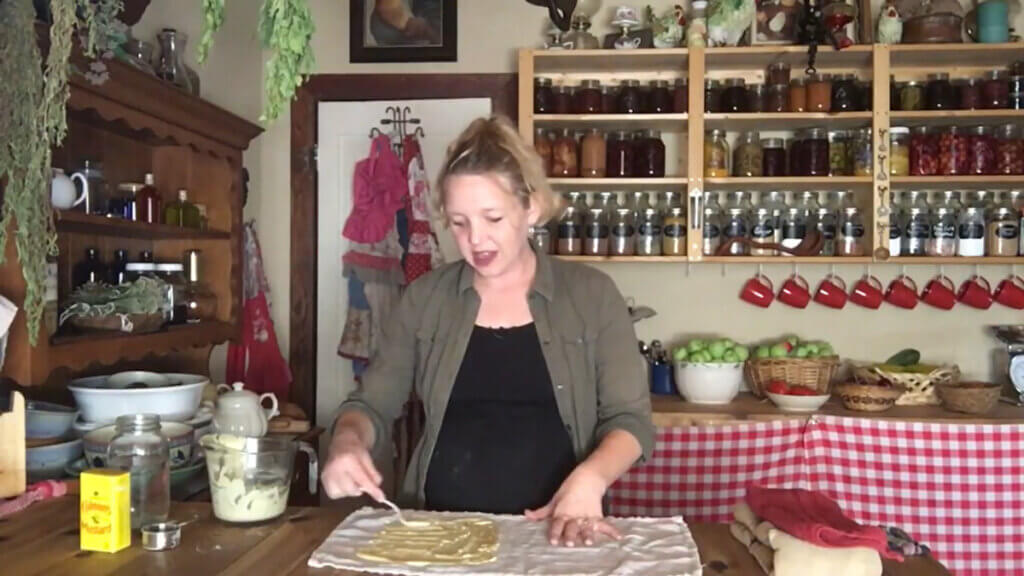
How to Make a Mustard Plaster
- Mix flour and mustard powder in a mixing bowl.
- Add a small amount of water to the dry ingredients and mix them together.
- Continue adding water until you reach a pancake batter consistency.
- Place a 100% cotton kitchen towel on your countertop and pour the mixture onto the towel.
- Fold the towel in from all sides to cover the mustard mixture.
- Wrap the mustard plaster towel with a separate cloth.
- Cover the area of the chest you want to treat with a liberal amount of olive oil.
- Place the mustard plaster onto the chest.
- Place a heat source such as a rice pad on top of the mustard plaster.
- Leave on the body and let the mustard plaster work for no more than 20 minutes. Caution: Check underneath the plaster every two minutes to check the level of redness and remove it if there is potential for blistering.
Did you try this remedy? If so, we’d appreciate you leaving a star rating on the recipe card below! Then, snap a photo and tag us on social media @homesteadingfamily so we can see how it worked for you.
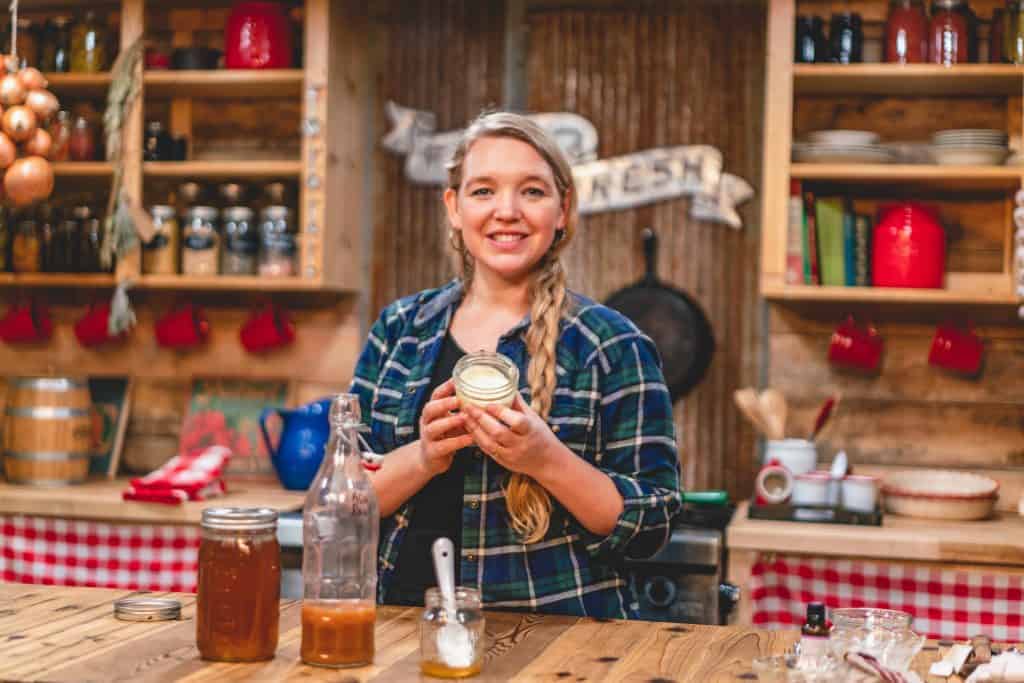
Additional Posts You Might Enjoy
- How to Boost Your Immune System Naturally – 7 Steps
- 15 Medicinal Herbs To Grow, Harvest & How to Use Them
- Hop Tea + Medicinal Benefits of Hops
- Health Benefits of Going Off-Grid
- Steam Inhalation for Congestion (Sinus, Nasal & Chest)
- Designing an Old Fashioned Cottage Garden
- Natural Cough Remedy (For all ages)
- Herbal Cold and Flu Tea Recipe for Comfort & Relief
- Homemade Arnica Oil
- Homemade Arnica Salve
- Simple Homemade Elderberry Syrup
- Bone Healing Comfrey Compress

Homemade Mustard Plaster
Ingredients
- 1/3 cup flour
- 1/3 cup mustard powder
- warm water
Instructions
- Mix flour and mustard powder in a mixing bowl.
- Add a small amount of water to the dry ingredients and mix them together.
- Continue adding water until you reach a pancake batter consistency.
- Place a 100% cotton kitchen towel on your countertop and pour the mixture onto the towel.
- Fold the towel in from all sides to cover the mustard mixture.
- Wrap the mustard plaster towel with a separate cloth.
- Cover the area of the chest you want to treat with a liberal amount of olive oil.
- Place the mustard plaster onto the chest.
- Place a heat source such as a rice pad on top of the mustard plaster.
- Leave on the body and let the mustard plaster work for no more than 20 minutes. Caution: Check underneath the plaster every two minutes to check the level of redness and remove it if there is potential for blistering.
Notes
- Generally safe to use for kids aged six and up.
- Do a patch test on a small area first to check for possible sensitivity or contact allergy.
- If stinging occurs, immediately wash the plaster off with warm water (not hot or cold, but warm) and soap.
- Be sure to check underneath the plaster every two minutes to check the level of redness and remove it if there is potential blistering.
- To add a layer of protection between the mustard plaster and the skin, liberally spread a lotion or oil (olive oil or similar) on the skin before placing the plaster on the body.
- Moms, don’t forget to treat yourself right along with your kids if you aren’t feeling well! The earlier you start this treatment, the better results you will have.


